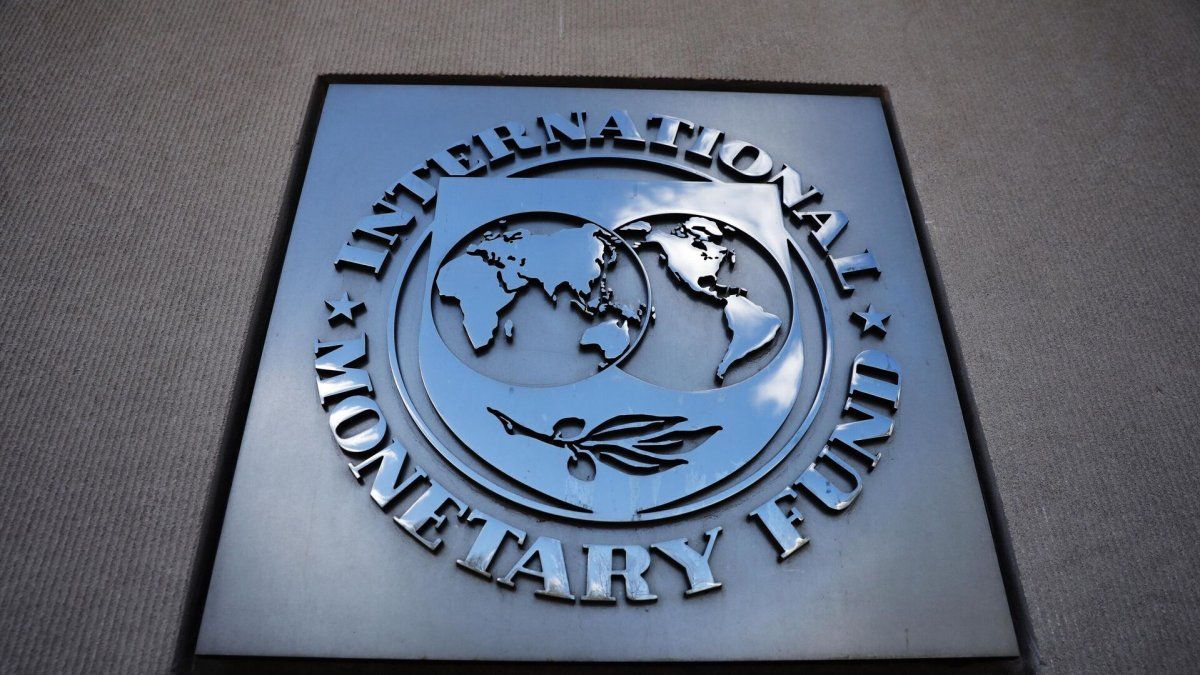The economist indicated that the improvement in the numbers for 2022 was due to more robust industrial and commercial activity than the previous year. In turn, he reiterated meeting the goals of the program to lower inflation. “We believe it is very important that the policy goals of the program with the IMF are achieved, both on the fiscal and monetary sides, which will help anchor inflation going forward,” he added.
The latest analyzes of the multilateral organization had left a pessimistic look, highlighting the difficulties due to the end of the coronavirus pandemic and the war in Ukraine on the cost of living and activity.
But the central message of the latest paper was that the offensive deployed by central banks to control price rises is working, and inflation has shown clear signs of subsiding. The report also put a cold cloth on the risk of a recession by improving the projections for this year and next by two tenths in the face of “a greater resilience than expected in many economies.”
“Central bank rate hikes to combat inflation and Russia’s war on Ukraine continue to weigh on economic activity. The rapid spread of COVID-19 in China slowed growth in 2022, but the recent reopening paved the way for a faster recovery than expected,” the agency emphasized.
GDP (1).jpg
The IMF document indicated that “world inflation is expected to fall from 8.8 percent in 2022 to 6.6 percent in 2023 and 4.3 percent in 2024, still above pre-pandemic levels ( 2017-19) of about 3.5 percent.”
Later, the IMF remarked that “adverse risks have moderated since October 2022. On the upside, a further boost from pent-up demand in many economies or a faster fall in inflation are plausible. On the downside, the dire outcomes of the health crisis in China could slow the recovery, Russia’s war in Ukraine could escalate, and tighter global financing conditions could worsen the debt overhang Financial markets could also suddenly reprice in response to adverse news of inflation, while further geopolitical fragmentation could hinder economic progress.
The economy of Latin America and the Caribbean will grow 1.8% this year, 0.1 percentage points more than anticipated in October, in a context marked by inflation and the consequences of the war in Ukraine, the IMF anticipated on Monday.
In updating its economic outlook, The International Monetary Fund also forecasts that Brazil’s economy will expand 1.2% (+0.2 percentage points) and Mexico’s 1.7% (+0.5 percentage points over the previous forecast).
The two largest Latin American economies will grow more than anticipated three months ago due to “the unexpected resilience of domestic demand and higher-than-expected growth in their main trading partners,” the IMF says in its report. In the case of Brazil, the “fiscal support” from the State to the economy also had an influence.
Projected growth in the region for 2023 is well below the 3.9% in 2022, due to the impact of the Russian invasion of Ukraine, recessions and efforts to control soaring inflation.
For 2024, the Fund forecasts 2.1% growth in the region (-0.3 percentage points over what was forecast in October), due to “tighter financial conditions, lower prices for basic export products, and revisions to the drop in growth of trading partners”.
Source: Ambito




